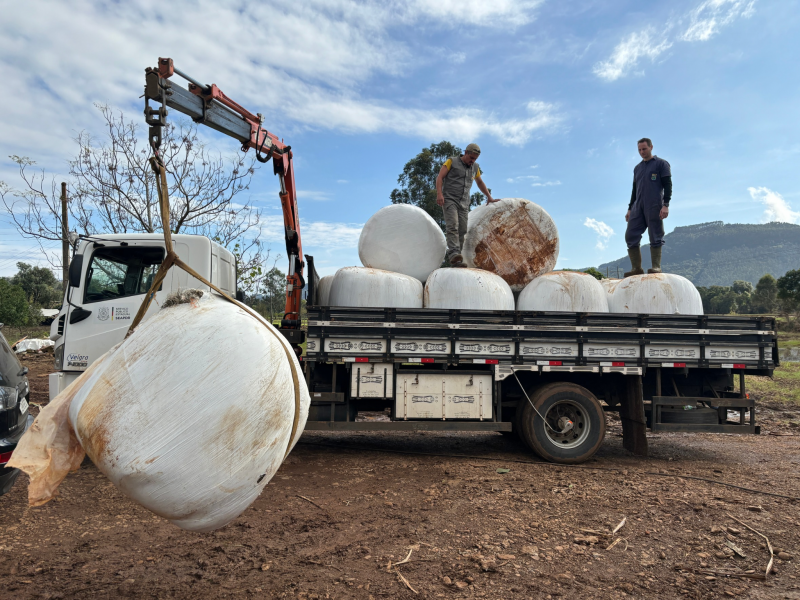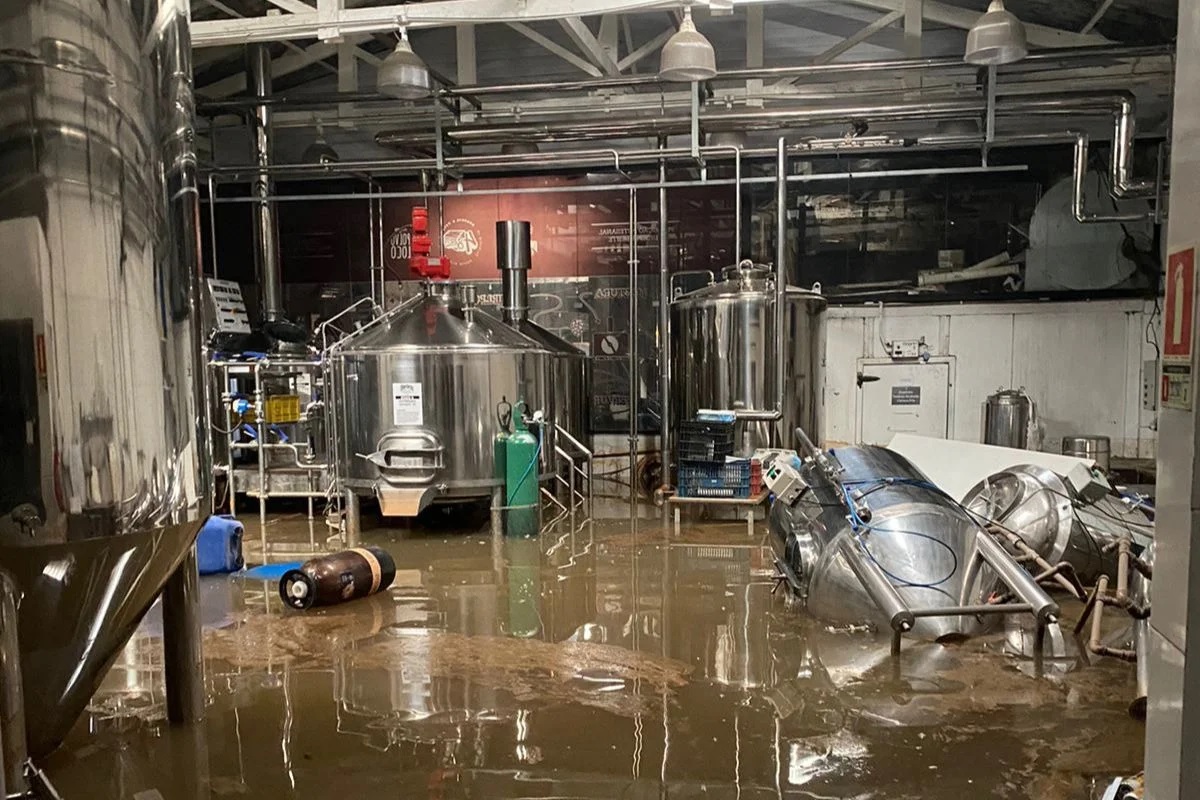São Paulo, Brazil – Heavy rains in Rio Grande do Sul, the southernmost state in Brazil, forced 63% of the state’s industries to partially or completely halt their activities in May and June, with 95% of interruptions lasting up to 30 days. The number of industries affected by the flooding that devastated the state is even higher: 81% said they suffered some type of loss.
The data comes from a survey conducted by the Federation of Industries of Rio Grande do Sul (FIERGS), an association that represents the sector. Among the main losses caused by floods were difficulties in logistics for the flow of production or receipt of inputs, as well as problems with workers and suppliers.
According to FIERGS, 31% of businesses reported losses in raw material stocks, 19% in machinery and equipment, another 19% in the physical facilities of the industries, and 15% in finished product stocks.
“The floods were catastrophic for Rio Grande do Sul. Besides the personal tragedy of those who lost family members and saw their homes invaded by water, the economy will also suffer an immense impact,” said FIERGS President Gilberto Porcello Petry.
According to Petry, the effects of the flood should really begin to be detected in industry in the coming months and “will need an uncertain amount of time to recover.”
“But the first signs are already appearing, with the confidence and expectations of the industries plummeting,” he said.
The impact is so significant that FIERGS says the losses to the sector from the floods can only be compared to March and April 2020, the first months of the Covid-19 epidemic, when social isolation was adopted and many companies suspended their activities.
However, despite Rio Grande do Sul facing the biggest climate tragedy in its history, 64% of industries do not intend to leave the state and will keep their facilities there. Another 20% have not yet decided what they will do with their businesses.
Rio Grande do Sul is responsible for 8.3% of the Brazilian manufacturing industry’s GDP. With the floods, some studies have already pointed out R$ 268 million (USD $54 million) in losses to the industrial sector so far.
Read more: Flood damage in southern Brazil estimated at USD $2.2 billion, agribusiness heavily affected

Drop in exports
With industries halted and many transport routes blocked, Rio Grande do Sul’s manufacturing industry exports also suffered a negative impact in May, with a 19.3% reduction compared to the same month in 2023. According to the FIERGS study, there was a decrease in exports in 18 of the 23 segments that made shipments, and the state sold USD $282.5 million less in goods than in May 2023.
“Besides factories being out of operation, the damaged infrastructure contributes to more costs for the industry, both in transport and production. Most of the industrial plants are located in cities affected by the climate disaster,” said Petry.
According to him, for the next six months, business expectations, “unfortunately point to a reduction in employment and exports.”
Rio Grande do Sul’s exports reached USD $22.3 billion in 2023, or about 6.6% of Brazil’s total exports. In the first quarter of this year, shipments reached USD $4.2 billion. The main products of the state’s export portfolio are soybeans and their derivatives as well as tobacco.

Airport closed
The closure of Salgado Filho Airport in Rio Grande do Sul’s capital Porto Alegre also severely hindered imports and exports. The terminal was completely flooded and had to suspend activities on May 3. The reopening is only forecast for 2025.
This caused, according to FIERGS, a reduction of USD $3.1 million (72%) in exports and USD $37.5 million (91.5%) in imports made through the airport compared to May last year.
Read more: What to know about airport closures after flooding in southern Brazil
The Port of Rio Grande, the main export shipping point located in the south of the state, did not have its operations suspended, although the city declared a state of calamity.
However, the problem, according to FIERGS, lies in the routes connecting businesses to the port, which were affected and made the trips longer, slower, and more expensive.











